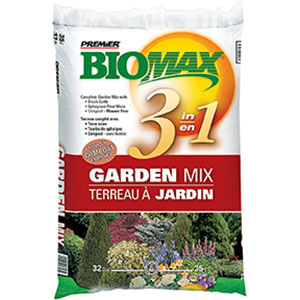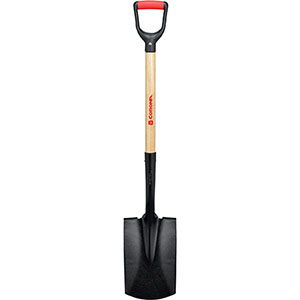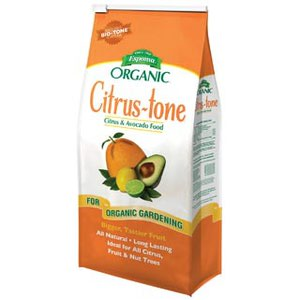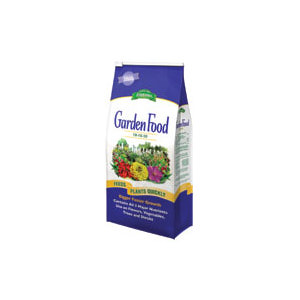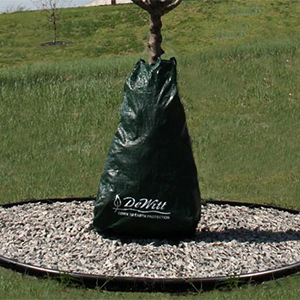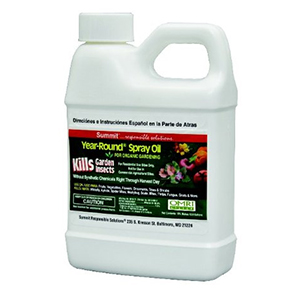Home gardening has enjoyed a centuries-long love affair with fruit trees. As far back as the 1750s, fruit trees had a prominent place in many backyard colonial gardens. Researchers at Colonial Williamsburg have explored documentation and excavation of many on-site water wells, revealing long-kept secrets of landscaping from our nation’s early years.
Many native species of crab apple and cherry trees were bitter for consumption. We owe almost all of our fruit-tree origination to Europe. While nut-baring trees like chestnut and pecan were popular in the New World, fruit trees like apple, peach, plum, quince, pear and even nectarines arrived from overseas via coastal ports. Mostly dormant and bare-root plants were quickly planted on homeowner plots and in nearby orchards.
Homesteading 2.0
While fruit trees have transitioned into niche status among newer generations, their fans are loyal. Homemade jellies and preserves, and fresh-picked fruit are seeing a resurgence in popularity. Mail-order catalogs have largely been replaced by the internet and hard-to-find heirloom cultivars are available.
Over the past 30-40 years, homeowners have been discouraged by failures to produce good quality fruit, often due to lack of knowledge regarding tree care and maintenance. Fruit trees can also be insect magnets, especially for Japanese beetles and bees. When demand for fruit trees began to wane, supply soon followed suit.
Spearheading a Harvest
Citrus fruit is especially on-trend among younger consumers, driven at least in part by the craft beer industry. Many popular IPA and craft beers are infused with citrus flavors. The pacesetter for this was, without question, Corona beer, whose television commercials feature the signature lime wedge atop the beer bottleneck.
A higher demand for lemon and lime trees has even changed the way we sell plant stock today. Grafting both lime and lemon onto the same rootstock has offered a unique two-for-one sale for space-saving gardeners. Dwarf varieties have improved dramatically over the years; many are plantable in large containers on a deck or patio.
Trekking to the local orchard for you-pick apples, peaches and cherries is a favorite fall activity for many families. Some regions of our country really do a great job of promoting and hosting these events! The comeback of canning, jams and jellies, pickling (my favorite is pickled pears) and specialty baking, all using fresh harvested fruit, is another reason to promote fruit tree plantings.
Simple Steps for Planting Fruit Trees
Advise your customers to plant their trees in well-drained holes that allow the root ball to stand
slightly above level grade. The area should also receive at least 6 hours of sunlight per day. A soil conditioner or soil amendment can be added, provided it’s not fresh manure, to the existing topsoil drawn from the hole.
Homeowners will want to keep ample spacing between trees. A minimum distance of 12 feet is a good guideline, unless dwarf or espalier varieties are involved. Of course, watering fruit trees is vital to their success, especially if planted in sandy soil. Deep watering helps establish vast root systems.
Additional Care
Be sure to stock horticultural spray oil, for use to smother overwintering insect eggs. Bonide and Summit offer quality products in this category. The consumer should spray early in the season, once temperatures rise above freezing but prior to bloom and leaf development.
Fertilizer can be applied as long as ground isn’t frozen using traditional feeds like 10-10-10. There are proven organics available from Espoma like Citrus-tone 4-3-2, Plant-tone 5-3-3 and the popular favorite, Bio-tone Starter Plus 4-3-3 for all planting conditions. A topdressing of mulch (2-3” inches) will also help conserve moisture.
Occasional pruning may be needed to trim away dead wood or sprawling branches. Timing is important on WHEN to prune. Apples, pears and plums are usually pruned during winter months while they’re still dormant. Cherries are pruned during late spring or summer. When in doubt, refer your customer to an arborist or a local county extension service.
Above all, encourage your customers to enjoy the fruits of their own labor!


